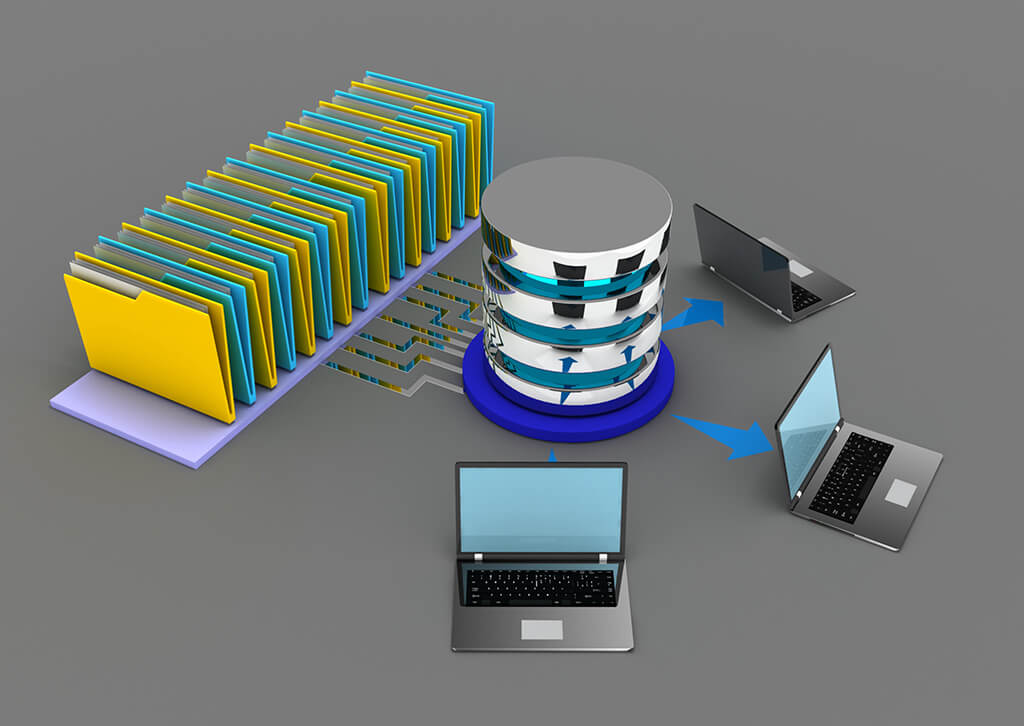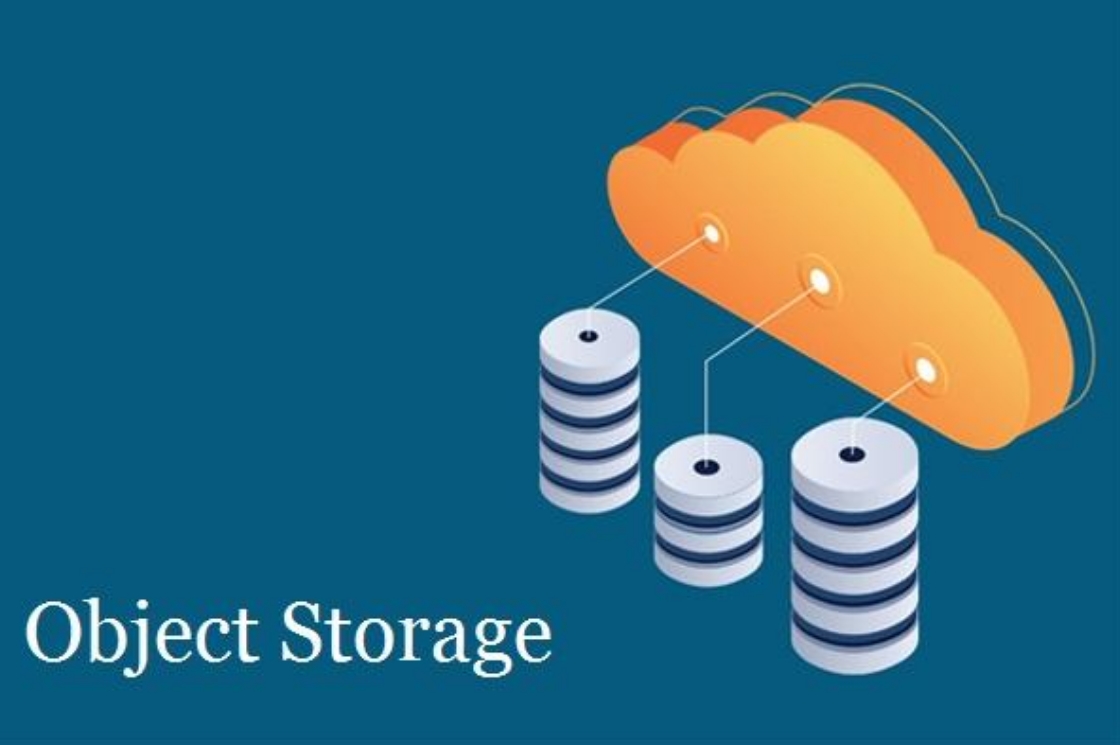In an era when data is the lifeblood of organizations, safeguarding it has become vital. The need for contemporary, reliable backup and recovery solutions is stronger than ever, especially in light of rising cyber threats such as ransomware.
Unlike traditional file and block storage, object storage offers a dependable backup solution, enabling scalability, immutability, and flexibility. Learn how object storage may alter your backup strategy and protect your organization from the increasing problems of the digital era.
What Exactly Is Meant by Object Storage?
So, what is object storage? Object storage (also known as object-based storage) is a storage system that treats data as “objects.” It acts on several tiers, including the device, system, and interface. Item storage holds massive amounts of unstructured data, ensuring that each item is accessible, contains data, has customizable metadata, and has a unique identifier. Users may organize enormous amounts of data into objects and store them in a single repository, allowing for efficient dissemination across various physical devices. Anything, including music, video, emails, health data, and documents, may be considered an object.

How Does Object Storage Work?
Object storage keeps a file’s data blocks together as objects, with any necessary information and a custom identifier. It places them in a flat data environment known as a storage pool.
Object storage systems will utilize unique identification and metadata to locate the desired item, such as an image or audio file, when you need to access data. You may also modify metadata, which allows you to provide additional information that is valuable for other reasons, such as data analytics retrieval.
RESTful APIs, HTTP, and HTTPS may be used to find and retrieve objects and query their information. Because objects are kept in a global storage pool, finding the specific data you want is quick and simple. Furthermore, the flat environment allows you to grow fast, even with petabyte or exabyte demands. Storage pools may be distributed over many object storage devices and geographical regions, allowing limitless scalability. Add additional storage devices to the pool as your data expands.
The advantages of object storage, such as flexibility and scalability, have made it an excellent choice for handling unstructured data on cloud infrastructure. So, what exactly is cloud-based object storage? It sounds exactly like object-based storage delivered as a cloud service on demand. Most major cloud service providers use object storage as their main storage format.
The Benefits of Object Storage
Both humans and machines generate massive volumes of data, and although some of it is organized, the majority needs to be more structured. Because unstructured data is difficult to handle and store, organizations increasingly use object storage solutions to address their particular issues. Additionally, object storage provides:
- Cost efficiency – Regarding scalability, firms that generate large amounts of data want a cost-effective system. Because object storage expands readily, storing data in an environment free of volume and searchability constraints is significantly more cost-effective.
- Superior searchability – In object storage architecture, metadata is included in the object itself. This implies that IT administrators do not need to create databases to combine metadata with objects. Not to mention, custom information may be generated, updated, and added over time. Most significantly, specific information makes object storage easier to find and browse than its predecessor, file storage.
- Improved resilience – Object storage provides rapid and effective disaster recovery for object files. That’s because when an item is formed, it immediately copies to one or more nodes. Businesses may be certain that their data will be safe in a calamity.
- Unlimited scalability – The most apparent benefit of using object storage is the potential to scale indefinitely. Businesses may add nodes as required and grow horizontally. Because metadata remains with the objects, the system is “flat,” allowing for almost limitless scalability compared to conventional storage approaches.

The Use Cases of Object Storage
Object storage’s scalability, versatility, and simplicity make it useful in various applications. Some of the most prominent use cases include:
Big Data Analytics
Object storage’s horizontal scalability and programmability make it an excellent choice for storing and processing large volumes of unstructured data in big data analytics systems. Custom metadata systems may enrich data and provide more advanced analytical capabilities.
Backup and Archiving
Object storage’s durability, scalability, and cost-effectiveness make it suitable for storing backup and archive data. Retaining custom information with each item enables enterprises to manage retention rules and maintain compliance with applicable legislation.
Internet of Things (IoT)
The volume of data connected by IoT devices rises with the number of connections. Object storage is perfect for handling and storing this sort of data because of its scalability, adaptability, and support for unstructured data types.
Media Storage and Delivery
Object storage is one popular technique for transferring and storing media data, such as images, movies, and music. Thanks to its scalability and speed, large files may be processed with it, and its compatibility with several data formats guarantees smooth communication with content delivery networks.

Selecting the Best Object-Based Storage Solution
When selecting an object storage system, there are various variables to consider. Some of the most crucial factors are:
- Scalability: The ability of object storage to scale horizontally is one of its main advantages; therefore, choose a platform that can grow with your company’s data needs. Look for a system that can handle enormous volumes of data while maintaining performance and manageability.
- Performance: While object storage is not normally intended for high-speed, low-latency applications, choosing a platform that can provide enough performance for your organization’s unique use cases is critical. When measuring performance, consider throughput, latency, and data transmission speed.
- Data durability and protection: Ensuring the integrity and availability of your data is crucial, so search for an object storage platform with strong data security capabilities like erasure coding, replication, and versioning. Furthermore, evaluate the platform’s durability guarantees: how likely would your data be lost or corrupted?
- Integration and compatibility: The ability to link the object storage platform with your current infrastructure and applications is critical. Look for a system that uses industry-standard APIs and protocols and is compatible with your company’s chosen development languages and tools.
- Cost: Cost is usually an important issue when selecting a storage solution, and object storage is no different. Be careful to calculate the platform’s total cost of ownership (TCO), which includes hardware, software, maintenance, and support expenses. In addition, if you’re considering using the cloud, keep in mind the price of data transit and storage.
Conclusion
Each storage type has various advantages and disadvantages. Block storage provides great reliability and performance for large data quantities but is pricey. File storage offers a user-friendly interface with extensive searchability via metadata, but it becomes difficult to administer and incurs increasing expenses as storage arrays increase.

Object storage has various advantages, including storing large amounts of information and scaling indefinitely, making it a cost-effective option. However, its typical setups may need to perform better than alternative possibilities, which remains its main limitation.





